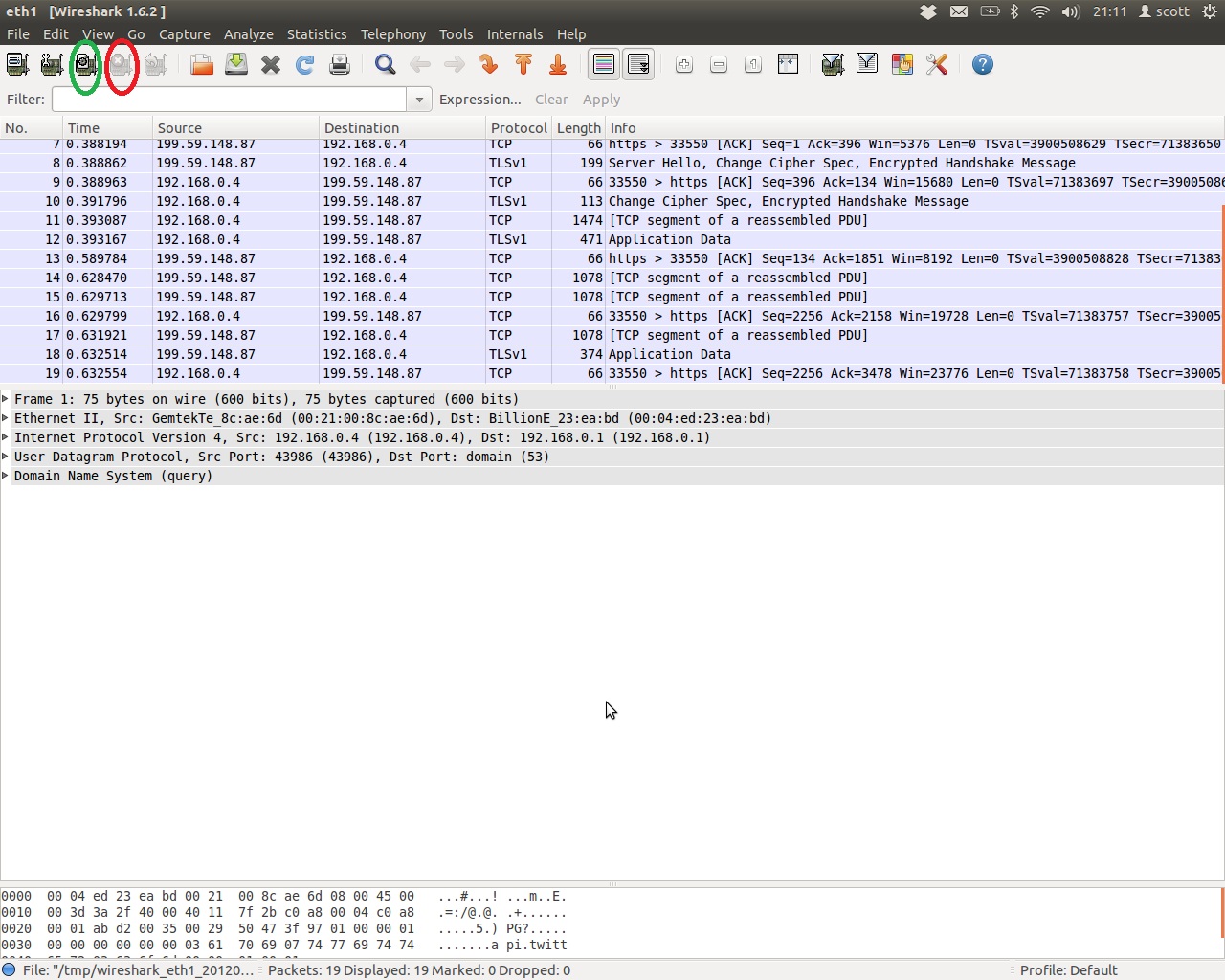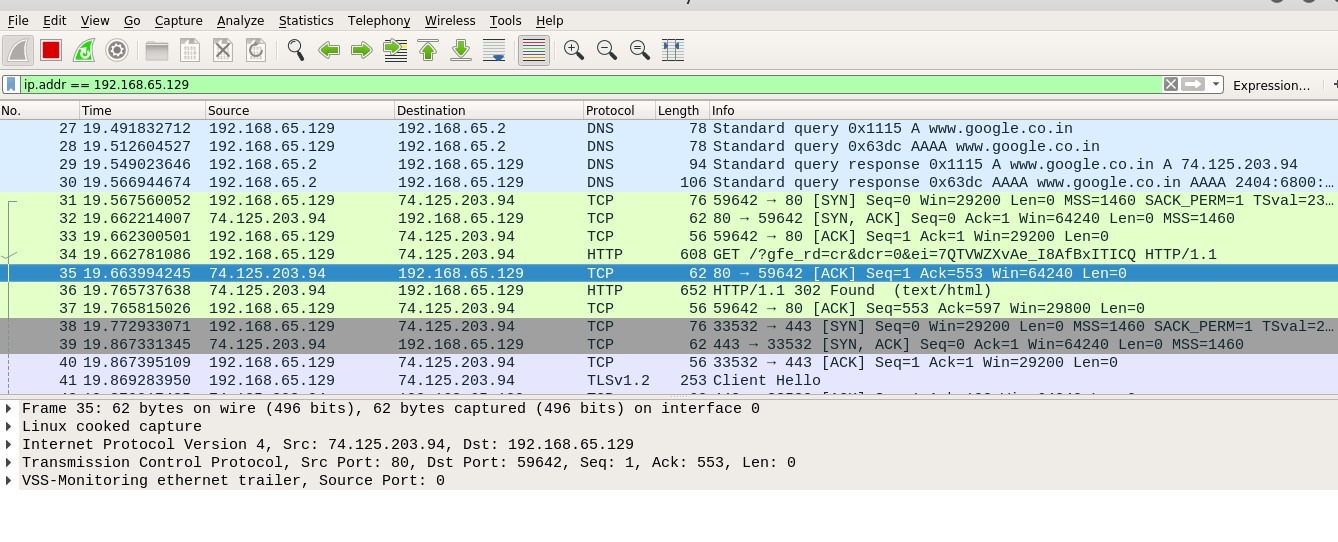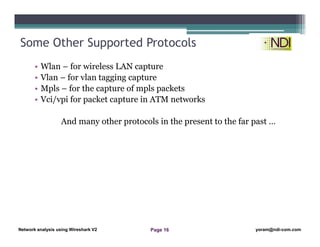

To do this, click View > Name Resolution and select “Resolve Network Addresses. The details of the highlighted packet are displayed in the two lower panes in the Wireshark interface.Ī simple way to make reading the trace easier is to have Wireshark provide meaningful names for the source and destination IP addresses of the packets. Wireshark can be run in Windows, Linux, MAC etc operating system. The packets are presented in time order, and color coded according to the protocol of the packet. Wireshark is a networking packet capturing and analyzing tool. If Wireshark isn’t capturing packets, this icon will be gray.Ĭlicking the red square icon will stop the data capture so you can analyze the packets captured in the trace. This gives you the opportunity to save or discard the captured packets, and restart the trace. Shark fin with circular arrow: If this is green, clicking it will stop the currently running trace.If Wireshark isn’t capturing packets, this icon will be gray. They have the exact same syntax, what changes is the way they are applied.

Square: If this is red, clicking it will stop a running packet capture. Wireshark supports two types of filters: capture filter and display filter.
 Shark fin: If this is blue, clicking it will start a packet capture. If Wireshark is capturing packets, this icon will be gray. Complete documentation can be found at the pcap-filter man page. Below is a brief overview of the libpcap filter language’s syntax. Wireshark capture filters are written in libpcap filter language. The value 22 (0x16 in hexadecimal) has been defined as being “Handshake” content.Īs a consequence, tcp & 0xf0) > 2)] = 0x16 captures every packet having the first byte after the TCP header set to 0x16. Wireshark uses display filters for general packet filtering while viewing and for its ColoringRules. Wireshark supports limiting the packet capture to packets that match a capture filter. The first byte of a TLS packet define the content type. The offset, once multiplied by 4 gives the byte count of the TCP header, meaning ((tcp & 0xf0) > 2) provides the size of the TCP header. Tcp means capturing the 13th byte of the tcp packet, corresponding to first half being the offset, second half being reserved. Tcp & 0xf0) > 2)] = 0x16: a bit more tricky, let’s detail this below Tcp port 443: I suppose this is the port your server is listening on, change it if you need Tcpdump -ni eth0 “tcp port 443 and (tcp & 0xf0) > 2)] = 0x16)”Įth0: is my network interface, change it if you need
Shark fin: If this is blue, clicking it will start a packet capture. If Wireshark is capturing packets, this icon will be gray. Complete documentation can be found at the pcap-filter man page. Below is a brief overview of the libpcap filter language’s syntax. Wireshark capture filters are written in libpcap filter language. The value 22 (0x16 in hexadecimal) has been defined as being “Handshake” content.Īs a consequence, tcp & 0xf0) > 2)] = 0x16 captures every packet having the first byte after the TCP header set to 0x16. Wireshark uses display filters for general packet filtering while viewing and for its ColoringRules. Wireshark supports limiting the packet capture to packets that match a capture filter. The first byte of a TLS packet define the content type. The offset, once multiplied by 4 gives the byte count of the TCP header, meaning ((tcp & 0xf0) > 2) provides the size of the TCP header. Tcp means capturing the 13th byte of the tcp packet, corresponding to first half being the offset, second half being reserved. Tcp & 0xf0) > 2)] = 0x16: a bit more tricky, let’s detail this below Tcp port 443: I suppose this is the port your server is listening on, change it if you need Tcpdump -ni eth0 “tcp port 443 and (tcp & 0xf0) > 2)] = 0x16)”Įth0: is my network interface, change it if you need







 0 kommentar(er)
0 kommentar(er)
